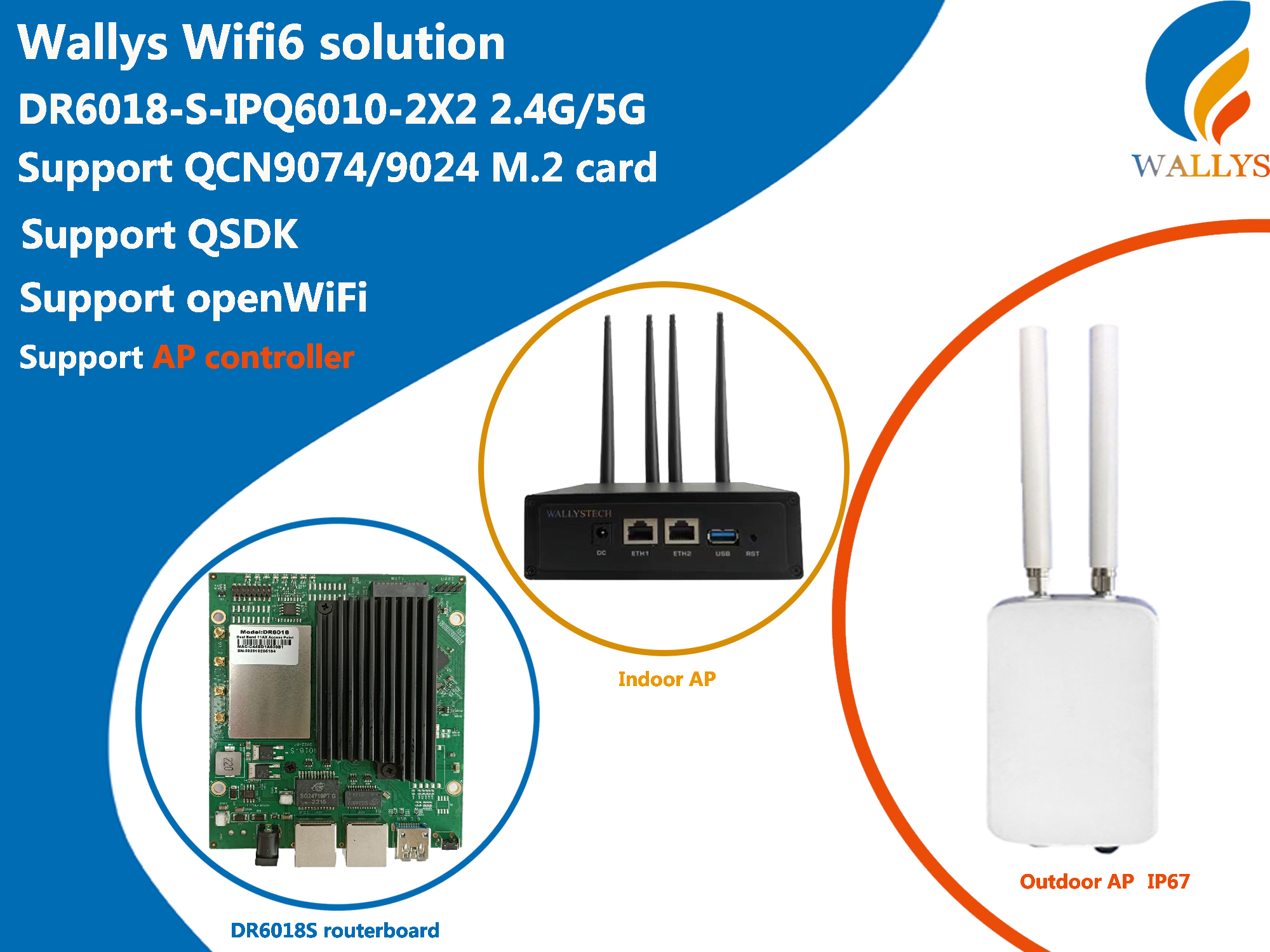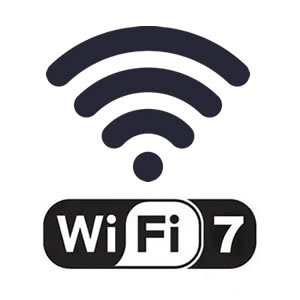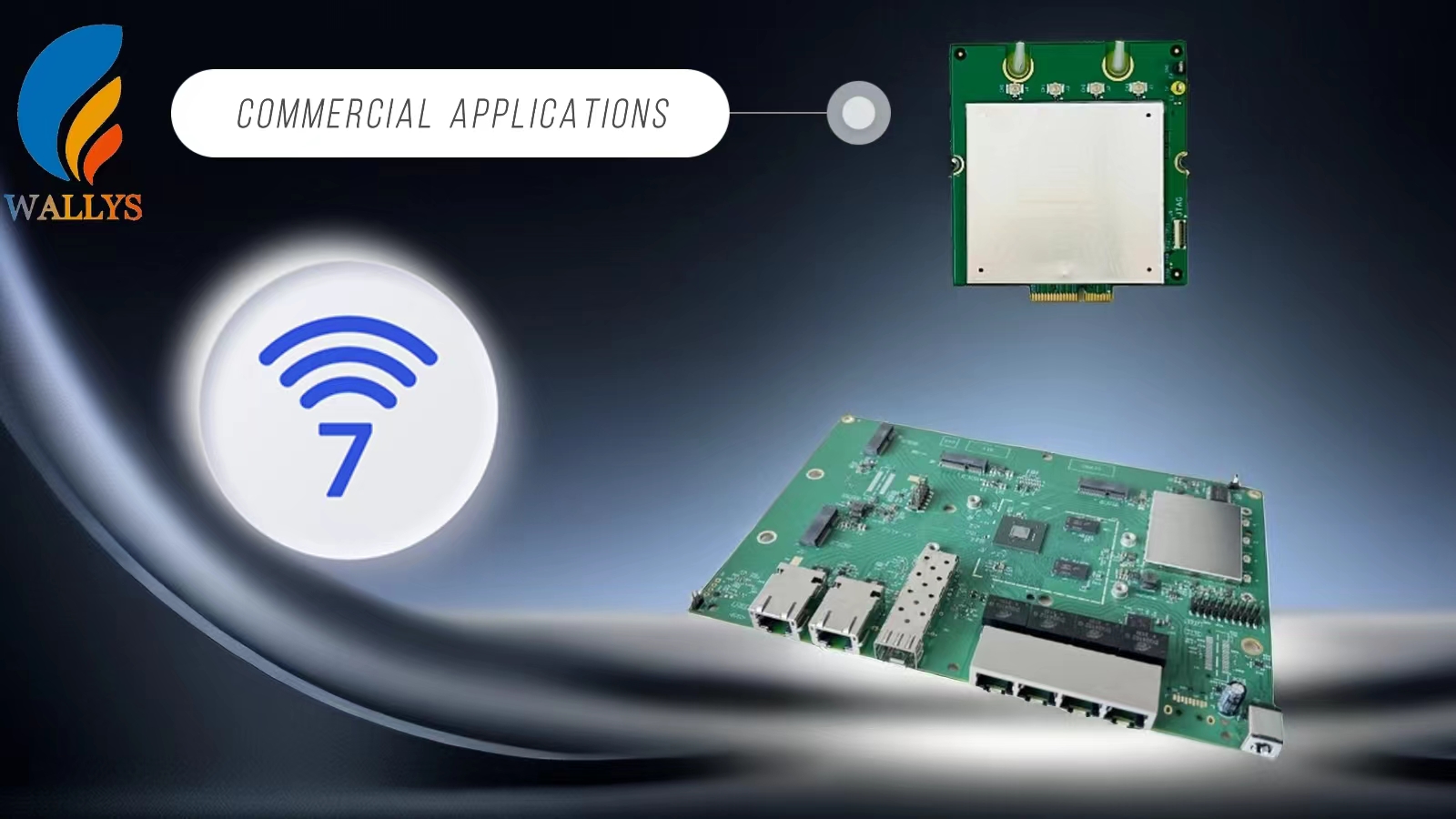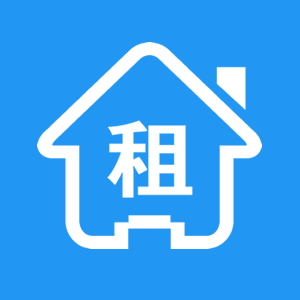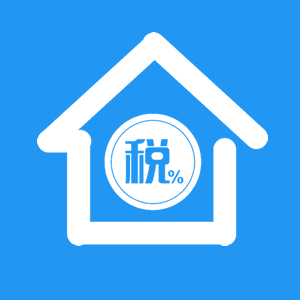IIoT VS IoT|IPQ9554-QCN9274-wifi7 wireless solution-LoRaWAN、Zigbee
Many people think that there is a slight difference between IIoT and IoT, but in terms of application, IoT cannot meet the needs of industries, such as schools, business districts, mining, etc., and cannot achieve the required coverage and speed, which will affect the industry. normal development, security monitoring, etc.
Let’s look at the difference between IIoT and IoT separately, and you will know why IIoT is more expensive and what role it plays in industry.
Industrial Internet of Things (Industrial Internet of Things, referred to as IIoT) refers to the application of sensors, devices, networks and analysis technologies in the industrial field to realize the connection and data exchange between devices to improve production efficiency, reduce costs and improve product quality And realize the technology and concept of automatic control.
Key components of industrial-grade IoT include:
Sensors and devices: Industrial IoT relies on various types of sensors and devices for collecting and monitoring data related to industrial production. These sensors can measure parameters such as temperature, pressure, humidity, vibration, etc., and the device can be a machine, mechanism or other industrial equipment.
Network and communication: IIoT uses various network technologies, such as Ethernet, Wi-Fi, Bluetooth, and IoT-specific LPWAN (Low Power Wide Area Network), to enable communication and data transmission between devices. These network connections can be wired or wireless to suit different industrial environments.
Data analysis and processing: Data collected through industrial-grade IoT can be processed and analyzed through technologies such as cloud computing and edge computing. Data analytics can reveal hidden patterns and insights, helping companies make smarter decisions, as well as perform predictive maintenance and optimize production processes.
Security and privacy protection: Since industrial-grade IoT involves sensitive production data and systems, security and privacy protection are very important aspects. Take appropriate security measures, such as data encryption, authentication, and access control, to protect industrial-grade IoT systems from malicious attacks and the risk of data breaches.
Industrial-grade IoT applications cover multiple fields, including manufacturing, energy management, logistics and supply chain, transportation, agriculture, and more. By monitoring and controlling equipment in real time, optimizing production processes, predicting equipment failure, and improving supply chain management, industrial-grade IoT can help companies improve production efficiency, reduce energy consumption, reduce costs, and provide more reliable products and services.
In general, industrial-grade IoT brings a higher level of automation and data-driven decision-making capabilities to the industrial field, providing enterprises with greater competitive advantages and innovation opportunities.
The Industrial Internet of Things (IIoT) differs from the Home Internet of Things (IoT) in several ways, including frequency bands and transmission characteristics.
Frequency band: Industrial-grade IoT usually uses low-frequency or medium-frequency frequency bands with longer communication distances and better penetration capabilities, such as 433 MHz, 868 MHz, 900 MHz, and 2.4 GHz. These bands are more suitable in industrial environments, able to penetrate obstacles and provide wider coverage. The home Internet of Things usually uses 2.4 GHz and 5 GHz frequency bands, such as Wi-Fi and Bluetooth, which provide high transmission speed and short communication distance.
Transmission characteristics: Industrial IoT usually requires higher reliability, stability and real-time performance. In an industrial environment, there may be a large number of devices performing data transmission and communication at the same time. For applications with high real-time requirements, such as factory automation and machine control, it is necessary to ensure timely data transmission and response. Therefore, industrial-grade IoT usually adopts more reliable communication protocols and transmission technologies, such as LoRaWAN (Low Power Wide Area Network), Zigbee and Industrial Ethernet, etc.
Transmission security: Industrial IoT usually has higher requirements for data security and protection. Since industrial production and sensitive production data are involved, industrial-grade IoT requires stricter security measures, including data encryption, identity authentication, access control, and network isolation, to prevent potential security threats and data leakage.
Wallys has over 10 years of research and development experience, experienced in linux, wifi protocol and other aspects, Qualcomm chip development drivers, kernel and other important software development, modification and compilation, to meet customers' different wifi functional needs.
We have a strong hardware design team, and experienced people know that the most difficult part of hardware design is RF circuit design, baseband, etc., while wallys team made 0 error to achieve signal integrity, such as frequency conversion of network card, from 2.4G to 900M, which is a technological breakthrough.
Clients: TIP,Facebook, Openwrt, etc
Email:sales@wallystech.com
WEB:https://www.wallystech.com/

